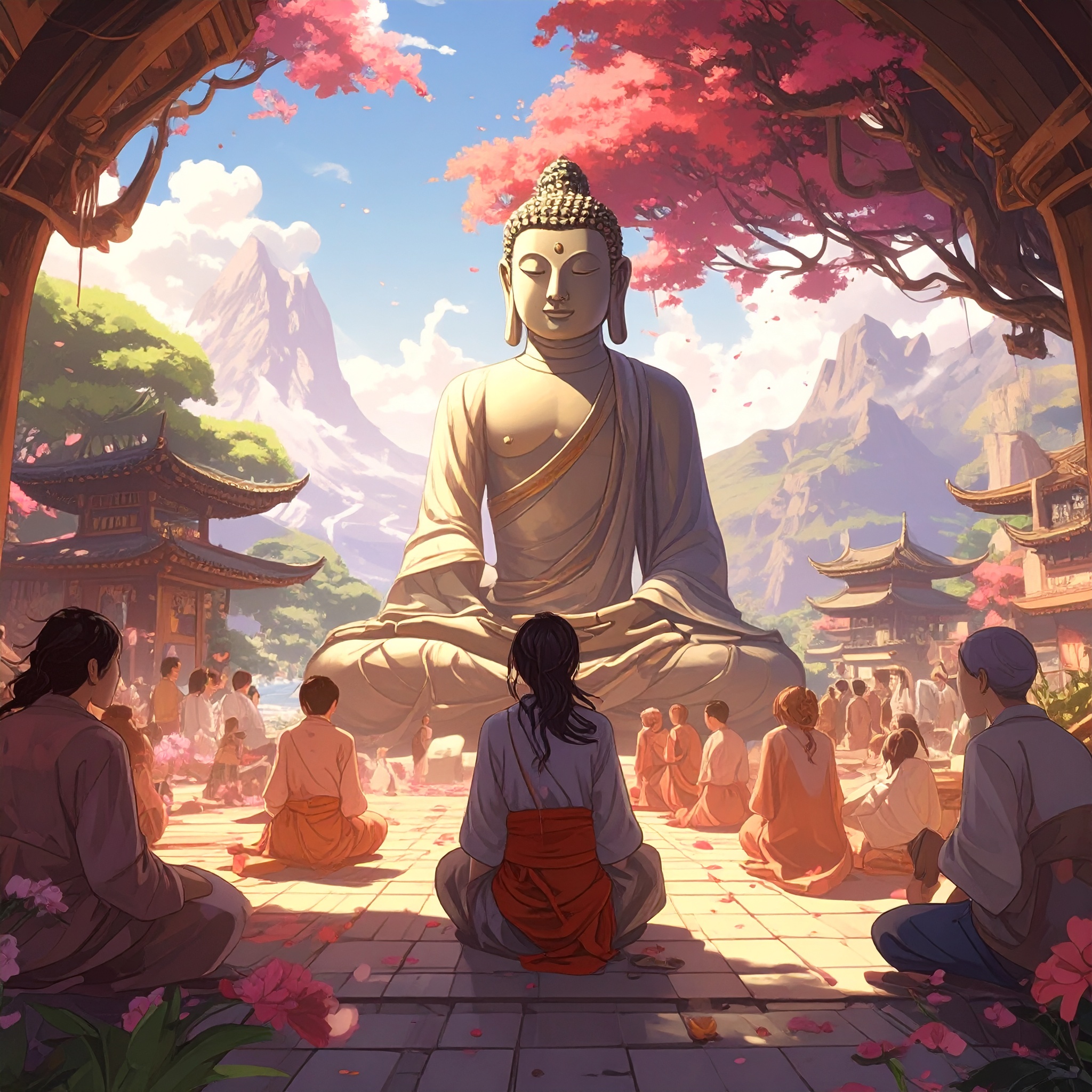While traveling through Japan, one of the most striking sensations I encountered was the beauty of silence. Just a short step away from the bustling city, entering the grounds of a temple brings an immediate sense of calm. It was in this serene space that I experienced shakyo—the meditative practice of transcribing Buddhist sutras by hand. As I carefully traced each character with a brush, my breathing slowed, my thoughts cleared, and a quiet stillness settled in. It was a new kind of inner peace I had never felt before.
Shakyo, the handwritten copying of sacred Buddhist texts, is a practice open to everyone, regardless of religious background. Many temples across Japan offer this experience, often without the need for a reservation. As you receive your brush, ink, and paper, a natural sense of reverence takes over, and your posture instinctively straightens.
What surprised me most was the profound silence that filled the room. Everyone was quietly focused, brush tips gently moving across the paper. The only sound was the soft scratch of ink, and even my own breath seemed to become audible. Time, which usually races by, felt slow and spacious in that moment.
The sutras are written mostly in classical kanji, but you don’t need to read them to participate. Most temples provide printed guides where you can trace over the characters. What matters isn’t perfection—it’s the mindful act of writing each symbol with care. By focusing entirely on the motion of the brush, everyday distractions gently fade away.

While transcribing sutras, time begins to lose its shape. Was it ten minutes? Thirty? The sounds around you fade, and the worries and restlessness in your mind quietly begin to untangle. When you finish, the feeling is less of accomplishment and more of gentle relief—as if your inner self has been softly realigned.
In many temples, you can choose to either leave your completed sutra at the temple or take it home with you. Offering it to the temple becomes a form of prayer; the paper is respectfully placed on the altar during a ceremonial chant by the head priest. Taking it home transforms it into a personal keepsake of your journey—or a quiet reminder for future moments of reflection. Either way, it becomes a small, meaningful prayer uniquely your own.
The space of the temple itself enriches the experience. Wooden floors, soft natural light, the occasional ring of a distant bell—being surrounded by such gentle elements deepens the act of writing into something almost spiritual. In contrast to the busy rhythm of sightseeing, this stillness recalibrates not only the mind, but the body as well.
Shakyo is a beautiful introduction to Japan’s spiritual culture. You don’t need to understand Buddhist teachings; just holding the brush and forming each character brings about a natural sense of clarity. It’s a journey inward—a kind of personal travel record that no photograph could ever capture.
When I return to Japan, I hope to practice shakyo again at another temple. To put into words the thoughts I couldn’t speak, the feelings stirred along the journey. In that act of quiet writing, I rediscovered something often lost in daily life: the beauty of slowness and intention. It became an unexpected gift of the journey—one I’ll continue to seek as a small ritual of self-care woven into my travels.




